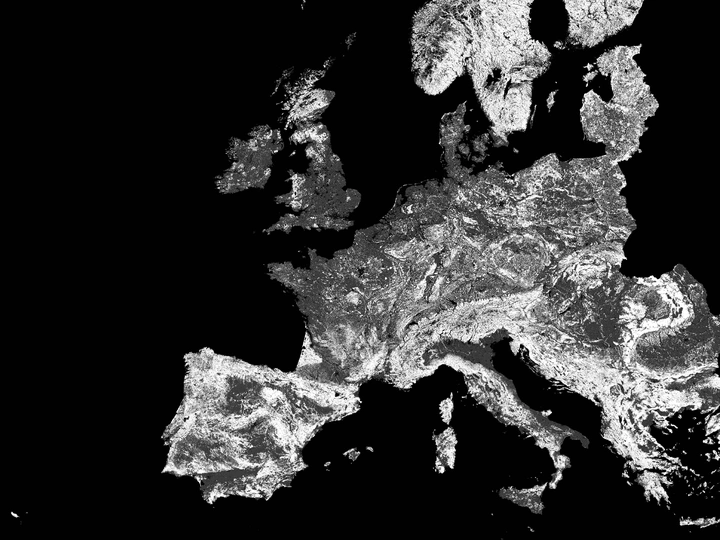Non-Human Routes: Nolli-Planning for Pollinators

I am a young architect and spatial planner. My work revolves around my fascination with wildlife and living systems, and aims to develop bridges through which the planning profession can facilitate the repair of natural habitats.
In 2022, I have graduated with mentions from the Master in Architecture, European Urbanisation and Globalisation at the University of Luxembourg, with my master thesis project, entitled Non-Human Routes. The thesis was about creating spaces of negotiation between human habitats and other life forms. In 2023, I will continue to pursue my interest by joining a Master of Advanced Studies in Urban and Territorial Design – a joined program at ETH Zurich and EPF Lausanne.
In order to integrate the needs of the non-human factor within the spatial planning discipline, we must first understand where do the human-shaped landscapes start to disrupt the ecosystems. This project starts from the habitats of wild pollinators, and seeks to represent, through cartographic means, the pollinator perception of the human territory. From the lens of a pollinator, the territory will not only have a different scale, but also different boundaries, different obstacles and liminal areas, no-go zones, ‘public’ space and food resources.
The main tool is the principle of the Nolli Plan, done by Giambattista Nolli in 1748, which mapped the public spaces of Rome. This time, however, the plan should display the public and transitory spaces of pollinators only.
The importance of pollinators lies in the fact that not only they are at the base of the trophic chains in most biological communities, but also, they fulfill a double role in the chain due to pollination. Therefore, the foundation of the trophic chain is based on the mutual relation between the plants (the producers) and pollinators (the primary consumers).
The link between pollinators and spatial planning lies in the fact that human pressures have become the main cause of habitat disruptions worldwide. In 2019, an IPBES Report reveals that the current rate of species extinction is tens to thousands of times higher that had averaged over the past 10 million years. The main agents of habitat disruption are the changes in land and sea use, mostly derived from human pressures: of rapid urbanization, heavy infrastructure, industrial agriculture.
It is important to keep in mind that the human is not at the base of the trophic chain, but part of the ecosystem. If the base collapses, the whole chain is affected. If architecture and spatial planning, disciplines meant to keep the humans safe and sheltered, have become agents of their own decline, it means that there should be a shift in priorities.